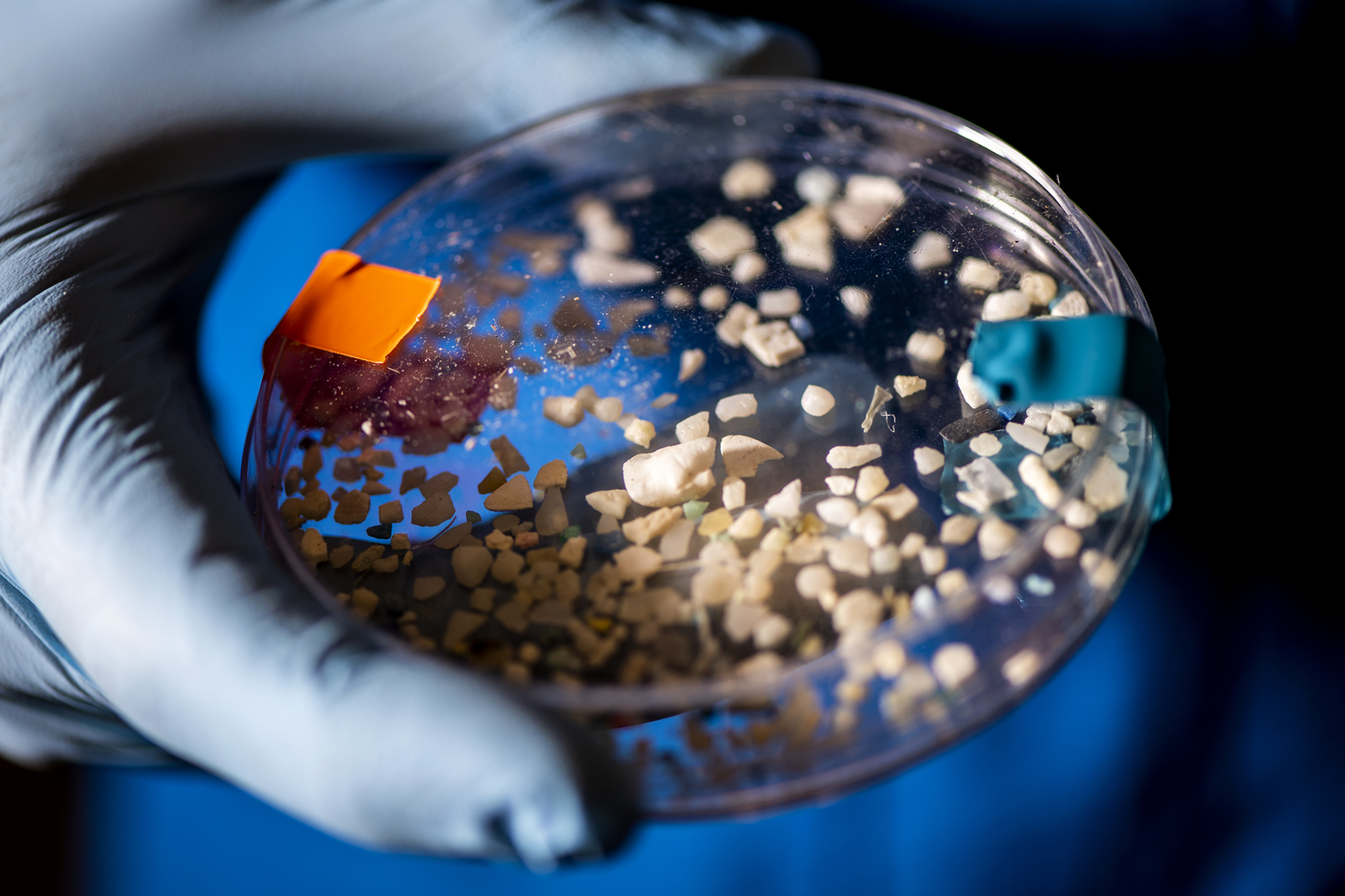Plastics are everywhere. They’re in our water, in our food, and even in the air we breathe. They show up in remote glaciers and deep in the ocean.
And plastic is largely made up of carbon, which is released into the environment when that trash breaks down. So when Aron Stubbins was planning lectures about the Earth’s carbon cycle, he decided to take a look at how much carbon that plastics were adding to our planet’s natural systems.
What he found was “surprising,” says Stubbins, a professor of marine and environmental sciences, chemistry and chemical biology, and civil and environmental engineering at Northeastern. “It was clear that there were some environments in which plastics are now a significant amount of the carbon. There’s as much plastic-carbon as there is natural carbon in some ecosystems.”
So Stubbins reached out to other colleagues that study plastics and natural sediment cycles to confirm his calculations and discuss the implications. With their input, Stubbins put together a sketch of the global plastic-carbon cycle, and further calculated the amount of carbon that plastics add to the environments that they pollute. Their results were published in the journal Science last week.
Read more on News@Northeastern.
Photo by Ruby Wallau/Northeastern University.

